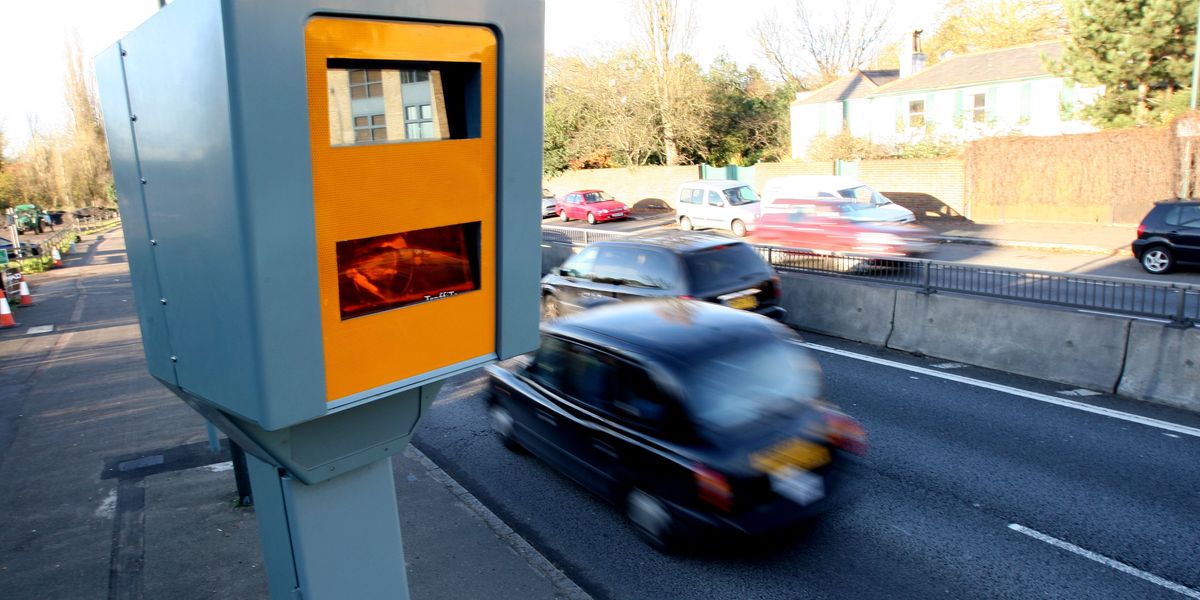A ‘quad-demic’ of winter illnesses is surging throughout the South, Midwest, and parts of the Northeast, according to official data.
Four viral infections – flu, Covid, respiratory syncytial virus (RSV), and norovirus – have surged in the US, infecting 15million Americans and killing 30,000 so far this winter.
The rise in the illnesses, which experts have dubbed a ‘quad-demic,’ has put a strain on the US health system, leading some hospitals to bring back mask mandates and limit visiting hours to prevent the spread.
Now, the CDC reports levels of respiratory illnesses like the flu, RSV, and Covid remain ‘high’ in 15 states for the first weeks of the new year based on emergency room visits and positive tests.
These include clusters in the south and Midwest such as Texas, Arizona, Oklahoma, Nebraska, Minnesota, Wisconsin, Kentucky, Georgia, and Florida.
Northeastern states like Pennsylvania, Maryland, Delaware, New York, New Jersey, Connecticut, and Massachusetts have also seen ‘high’ respiratory activity.
And New Hampshire is the only state reporting ‘very high’ levels of respiratory illness for the week of January 11, the latest data available.
The CDC also predicts levels of influenza, which sickens 40million Americans per year, are expected to grow throughout the south, as well as Wisconsin, New Jersey, and California.
The latest CDC data suggests the flu, Covid, and RSV are ‘high’ in 15 US states across the south, Midwest, and northeast (stock image)
Your browser does not support iframes.
Experts have suggested that while a surge of these illnesses is common during the winter, the rise could partly be due to declining Covid and flu vaccine rates.
Dr Joe Bresee, an infectious diseases expert who spent two decades at the CDC, previously told DailyMail.com: ‘We know these viruses are coming, we see them increase every year.
‘We are in store for increases in circulation in these four over the next couple of months and that would cause what we call epidemics [outbreaks].’
Your browser does not support iframes.
Flu, Covid and RSV are spread mostly via droplets that become airborne when someone coughs or sneezes, and are a seasonal menace.
All the viruses rise over the winter as colder temperatures force people to spend more time indoors, leading to more people breathing the same air or touching the same surfaces.
Flu, Covid and RSV can cause symptoms including a fever, cough, shortness of breath, sore throat or fatigue.
The CDC measures viral activity based on the percentage of emergency room visits for these conditions. Levels in each state are compared to the national average to determine if they are ‘minimal,’ ‘low,’ ‘moderate,’ ‘high,’ or ‘very high.’
The higher the designation, the faster the illness is spreading in an area.
CDC wastewater data suggests influenza infections are ‘very high’ in 11 states. These are California, Washington, Oregon, Utah, New Mexico, Kansas, Nebraska, Louisiana, Georgia, Florida, and North Carolina.
For Covid, states with ‘very high’ activity include Arizona, Nebraska, Missouri, Iowa, Minnesota, Wisconsin, South Dakota, Oklahoma, Ohio, Pennsylvania, South Carolina, Vermont, New Hampshire, Maine, Massachusetts, Connecticut, and Rhode Island.
And for RSV, New Mexico, Wyoming, Louisiana, North Carolina, Massachusetts, and Virginia report ‘very high’ viral activity levels.
The latest data also shows violent stomach bug norovirus, which infects 21million Americans per year, has caused 91 outbreaks in the first week of December, the latest data available.
This is a 40 percent increase above the record for the same week from 2010 to 2024.
Across the US, Wisconsin reported the most outbreaks of norovirus — or where two or more cases were reported in hospitals or schools — at 22 in total.
Ohio (11), Virginia (6), California (5), Oregon (4) and Vermont(4) also recorded a higher number of outbreaks compared to other states.
Your browser does not support iframes.
Your browser does not support iframes.
The latest CDC surveillance shows 19 percent of tests for influenza came back positive during the week of January 11, the latest data available.
This adds up to just under 22,000 infections nationwide.
This is a slight increase from 18 percent the week prior, though it’s the smallest jump in positive tests the US has seen since infections started spiking in mid October.
About 9,000 RSV infections were reported during the week of January 11, a nine percent test positivity rate.
This is an 18 percent decline over the week prior, when 11 percent of tests were positive, suggesting infections may have peaked for the winter season.
The latest data shows 6.6 percent of Covid tests were positive during the week of January 11, decreasing slightly from seven percent the week before.
Hospitalizations for Covid decreased from 3.8 per 100,000 people the week of January 4 to 2.5 per 100,000 the week of January 11.
Hospital visits for Covid, influenza, and RSV have also decreased.
For the week of January 11, Covid made up one in 100 emergency room visits, while RSV accounted for one in 150, slight decreases over the week prior.
Influenza accounted for 4.2 percent of emergency room visits, a 15 percent decrease from five percent the week before.
Your browser does not support iframes.
The latest CDC data also measured the likelihood of influenza epidemics worsening throughout the US.
The data suggests influenza will ‘grow’ in Texas, California, Wisconsin, Louisiana, Mississippi, Georgia, South Carolina, California, and New Jersey.
Additionally, the experts suggested epidemics are ‘likely growing’ in Washington, Idaho, New Mexico, Oklahoma, Iowa, Illinois, Tennessee, New York, amd Connecticut.
However, influenza epidemics are ‘likely declining’ in Nevada, Kansas, Nebraska, and Delaware and are ‘declining’ in Alaska, Kentucky, and West Virginia.
There are no states with ‘growing’ or ‘likely growing’ Covid epidemics, and epidemics are considered ‘declining’ or ‘likely declining’ in all states except Texas, Missouri, Arkansas, and Wyoming, the latter three of which do not have data.
The CDC did not estimate epidemic trends for RSV.
Treatment for RSV, Covid, and the flu include rest, fluids, and antiviral medications and oxygen therapy in severe cases.




